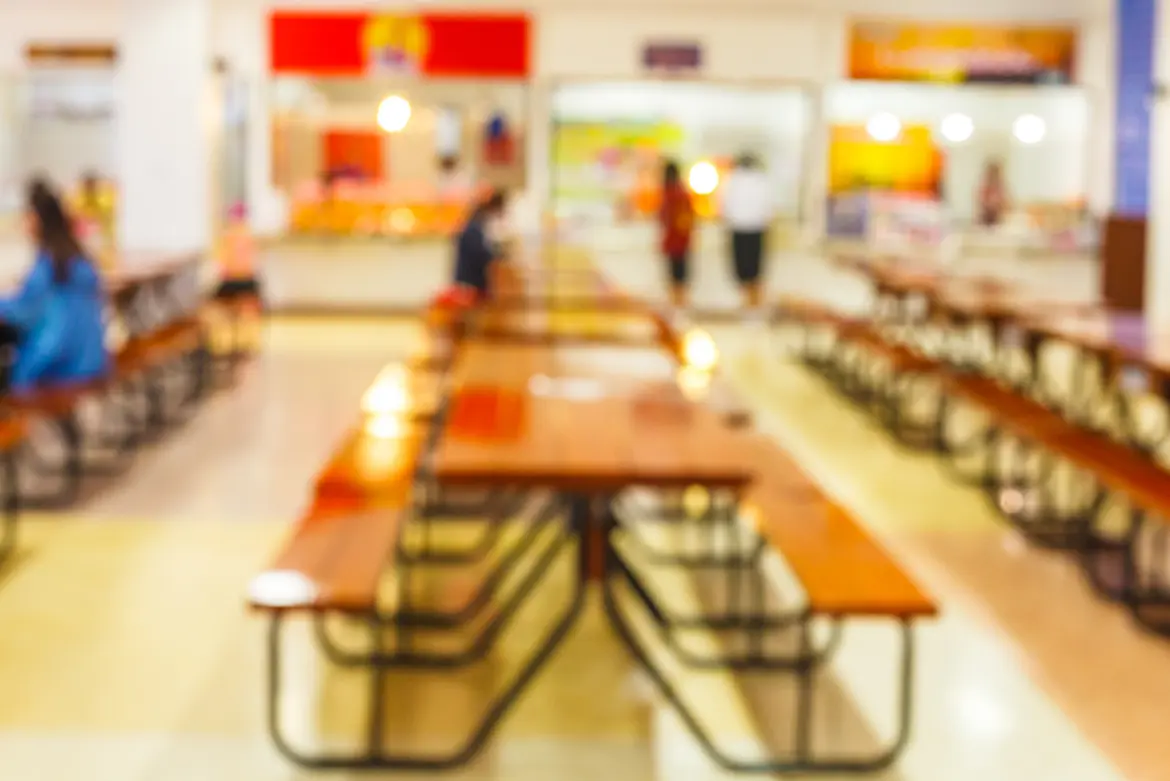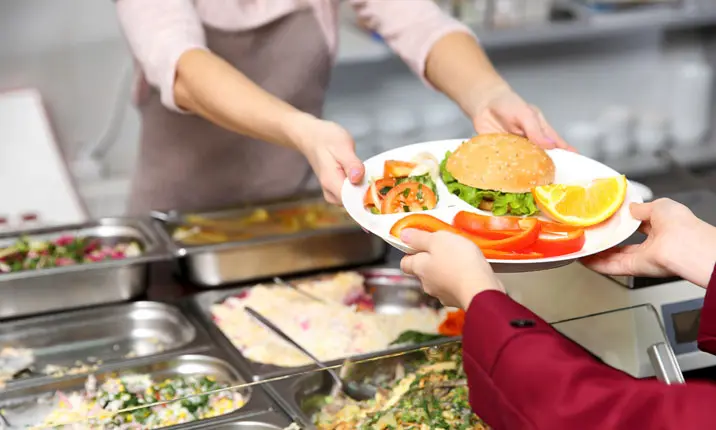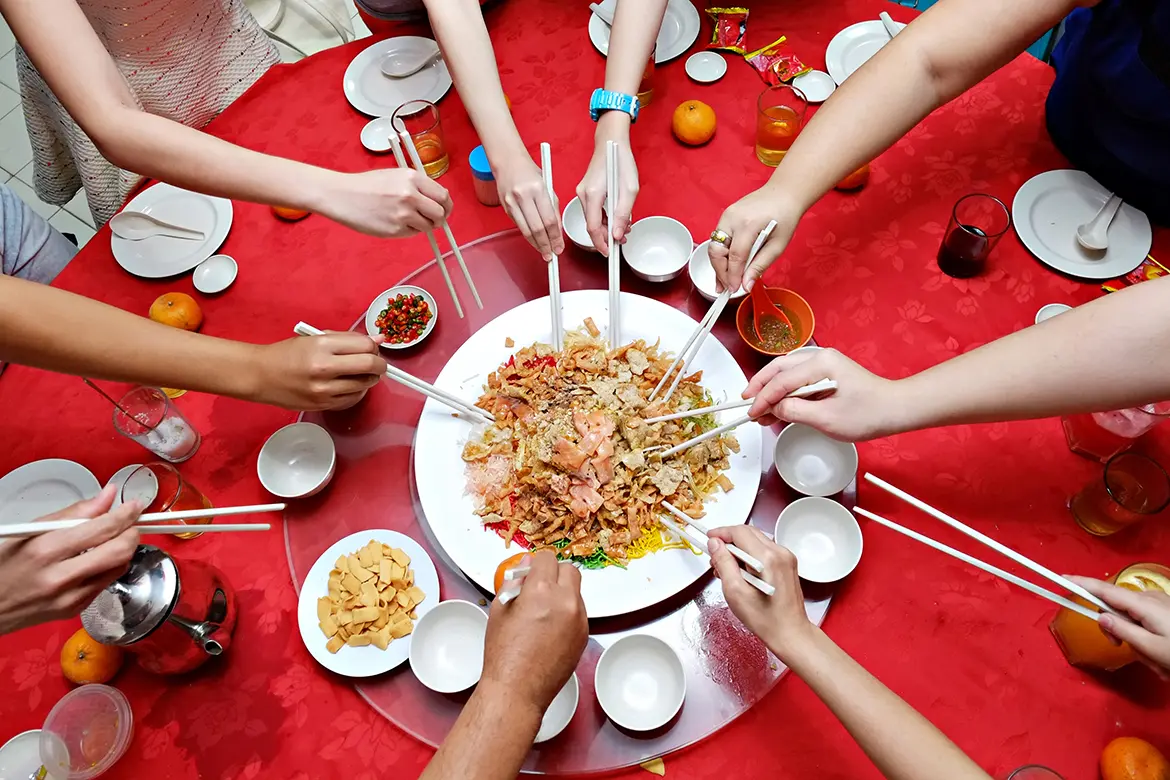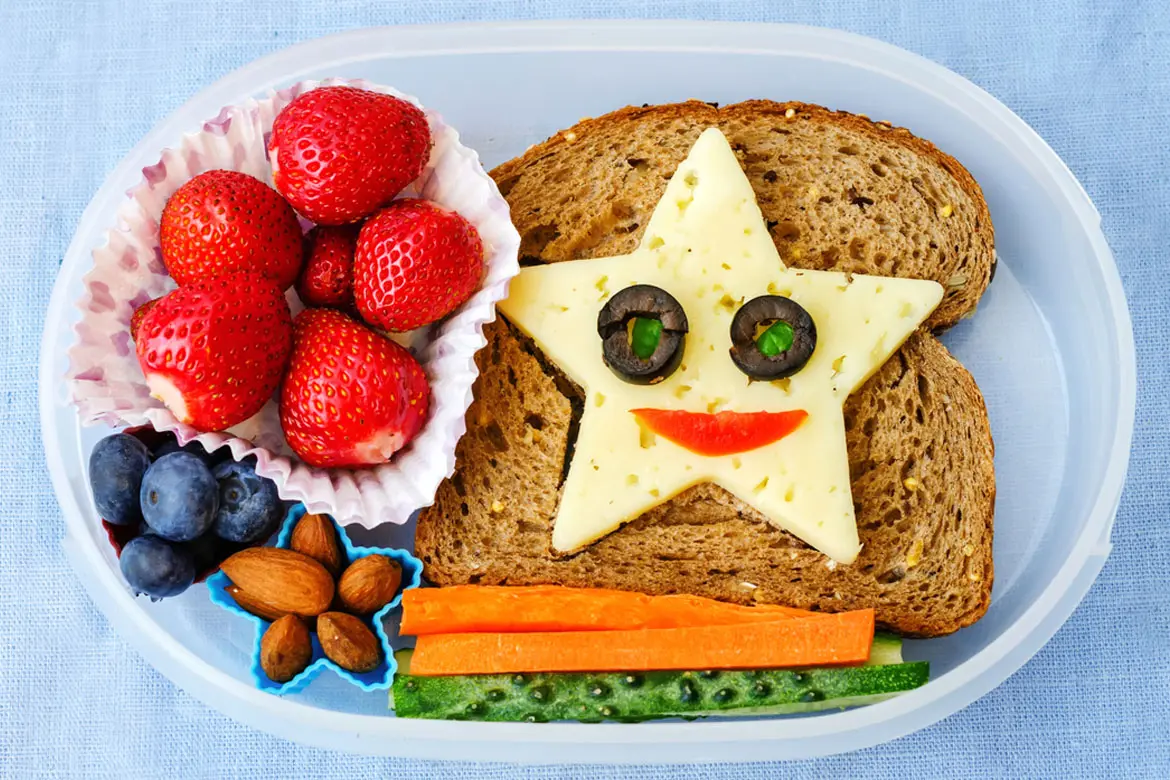Under the Healthy Meals in Schools Programme by the Health Promotion Board (HPB), the meals now served in school canteens are subject to strict guidelines ensuring that students are offered more wholesome meals.
School canteen food guidelines
If your children are studying in a local institution, chances are that their schools are part of the Healthy Meals in Schools Programme, under which vendors are expected to follow strict guidelines given by the HPB. Below, we list some of the guidelines given.
1. Main meal must comprise food belonging to the 4 main food groups.
- Carbohydrates (eg. brown rice and wholemeal bread)
- Protein
- Fruit (at least ½ serving)
- Vegetables (at least 2 heaped dessert spoons)
2. Whole grains must be included.
- Rice: Include at least 20% of unpolished rice (eg. brown rice)
- Noodles: Include at least 20% of wholemeal/wholegrain option (eg. wholemeal beehoon)
- Bread: Use only wholemeal/wholegrain bread
3. Use only skinless poultry and lean meat
- Skinless chicken and turkey
- Red meat, such as pork loin and chops with the fat trimmed off, lean cuts of beef, such as the sirloin and tenderloin
4. No selling of deep-fried and preserved food
- Deep-fried food includes those that have been pre-fried
- Preserved food, such as sausages containing nitrites, luncheon meat, achar, preserved vegetables and preserved eggs
5. Low-fat choices
- Replace half or more of high-fat ingredients with reduced-fat alternatives (eg. full-fat mayonnaise with reduced-fat mayonnaise).
- Use only oils with the 'Healthier Choice' symbol.
6. Serve gravy/sauce only upon request
Upon request, serve only up to 2 dessert spoons of gravy/sauce.
7. Drinks with reduced sugar
Sell only drinks with less than 6g of sugar per 100ml. All drinks sweetened with intense sweeteners (eg. aspartame, sucralose) or sugar alcohol (eg. sorbitol, xylitol) are not to be sold.
These guidelines help to ensure that most students in Singapore are offered balanced meals with reduced fat, salt, and sugar.
These guidelines help to ensure that the majority of students in Singapore are offered balanced meals with reduced fat, salt, and sugar.
What is being served in school canteens?
School canteens usually offer a wide variety of food. You can expect every canteen to have at least one rice stall, noodle stall, halal food stall and drink stall. Many schools also have international food stalls.
Some common selections include fried rice, noodle soup, nasi lemak, salad, and more.
To help ensure that food sold in canteens adhere to the HPB guidelines, the HPB organises culinary training for canteen vendors to equip them with the knowledge and skills to prepare healthier meals with better ingredients.
Choosing healthy food from the canteen
Some of the healthy food your children can choose are:
- Brown rice with chicken, beef or fish and assorted vegetables
- Grilled chicken with potato mash and vegetables
- Wholemeal pasta with grilled chicken and vegetables
- A pie containing colourful vegetables, chicken and mashed potatoes
- Chicken rice consisting of wholegrain rice, steamed chicken and blanched vegetables
- Oriental beehoon with a medley of vegetables
- Pizza made with toasted wholemeal bread and topped with tuna, pineapple, vegetables and cheese
- Roasted vegetable toast made up of a colourful array of vegetables on wholegrain toast with melted cheese
Does that mean that my children are eating healthily?
While the efforts of the HPB are certainly laudable, they do have their limitations. The school environment is only one part of the picture. If your children do not eat fruits and vegetables at home, it is unlikely that they will eat them at school.
Try asking them what they have for recess every day. Don't be surprised if they have been reaching out for less healthy food options on a regular basis. It is not at all uncommon to see students subsisting on food like muffins, chicken skewers and jelly drinks during recess.
Even if they do buy main meals, the provision of fruits and vegetables does not guarantee their consumption. More often than not, your children will have no qualms about skipping or picking them out and possibly throwing them away at the end of their meal. Healthy eating habits need to start from home.
Encourage your children to be adventurous with their food choices, and help them to distinguish between healthy and unhealthy food. It takes the joint effort of families and schools to raise a generation of healthy eaters.














